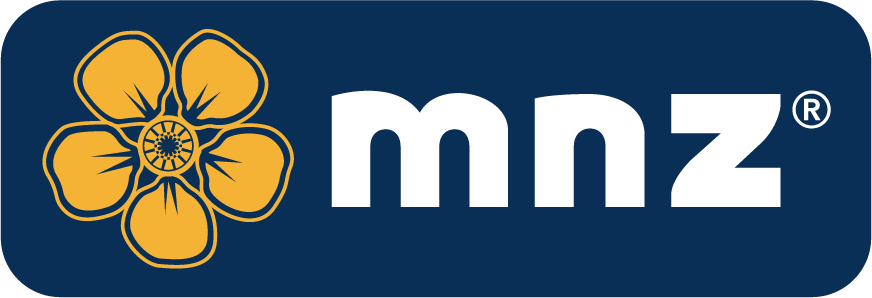Honey Fraud – C3 & C4 Sugars in Authenticity Testing
Honey fraud, where honey products are adulterated or mislabelled, is a global issue. It has both economic consequences and potential risks for food quality. Reliable authentication methods are therefore crucial to safeguard consumer trust and protect fair trade practices.
The analysis of C3 and C4 sugars is an important tool in this respect. These sugars are directly linked to the photosynthesis pathway of the plant from which they originate. By analysing their ratio and isotopic composition, not only can fraud (addition of sugar syrups) be detected, but information can also be obtained about the botanical and geographical origin of honey.
Hvad er C3- og C4-sukker?
Plants use different photosynthesis pathways to convert carbon dioxide into sugars:
- C3-planter (such as sugar beet, rice, wheat, barley) produce sugars with a characteristic isotopic profile.
- C4-planter (such as sugarcane and corn) follow a different photosynthesis pathway, where the first stable compound contains four carbon atoms. Their sugars are isotopically distinct from those of C3 plants.
| Characteristic | C3-sukkerarter | C4-sukkerarter |
|---|---|---|
| Source plants | Sugar beet, rice, wheat, barley | Sugarcane, corn |
| Photosynthesis | C3 pathway (3 carbon atoms) | C4 pathway (4 carbon atoms) |
| Common adulterants | Rice syrup, beet syrup | Corn syrup (HFCS), cane sugar syrup |
| Detection complexity | More difficult, advanced methods required | Relatively simpler, reliable standard method |
Test methods for authenticity
Traditional analytical methods are often insufficiently sensitive to detect honey fraud. Specialised techniques are therefore applied worldwide:
C4 sugars: Authenticity testing using AOAC 998.12 (EA-IRMS)
The internationally recognised AOAC 998.12 method uses Elemental Analysis – Isotope Ratio Mass Spectrometry (EA-IRMS). This technique measures the ratio of carbon isotopes (δ13C) in honey and compares it with the protein fraction. In this way, additions of cane or corn syrup can be detected. The method has been in use for more than 20 years, can detect additions as low as 1%, and is regarded as the gold standard for C4 sugar detection.
C3 sugars: Authenticity screening using FoodQS LC-HRMS
C3-sukkerarter are more complex to detect because their isotopic profile is closer to that of natural honey. FoodQS GmbH, exclusive partner of MNZ, therefore developed an advanced method based on LC-HRMS (Liquid Chromatography – High Resolution Mass Spectrometry). This method uses an extensive database of syrups and honey samples to accurately distinguish between exogenous (added) C3 sugars and natural honey components.
The system can even differentiate between trace residues from bee feed and significant adulteration, providing not only a “positive/negative” result but also a quantitative estimate of the amount of syrup.
MNZ’s approach
MNZ conducts extensive testing for both C3 and C4 sugars in its Manuka honey, both in New Zealand and at independent laboratories in Germany. In addition to sugar analysis, further markers are examined, including pollen analysis, glyceraldehyde, dihydroxyacetone (DHA), and microbial profiles. With this broad set of analyses, MNZ can confidently guarantee the authenticity and purity of its honey.
This effort goes beyond laboratory testing alone: MNZ collaborates with scientific experts, regulatory authorities, and partners such as FoodQS to continuously improve methods. Through strict sourcing protocols and sustainable beekeeping practices, the integrity of the supply chain is safeguarded.
Conclusion
The combination of AOAC 998.12 for C4 sugars and LC-HRMS for C3 sugars forms a powerful strategy for detecting honey fraud. Thanks to these methods, combined with additional quality controls, MNZ can guarantee the authenticity of its unique raw Manuka honey and provide consumers worldwide with a product that is pure and trustworthy.

